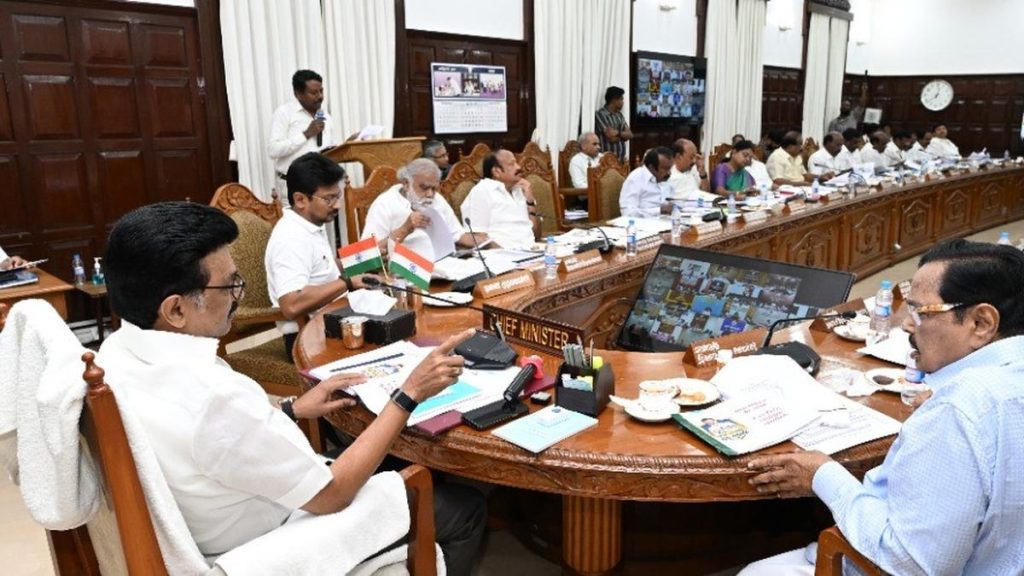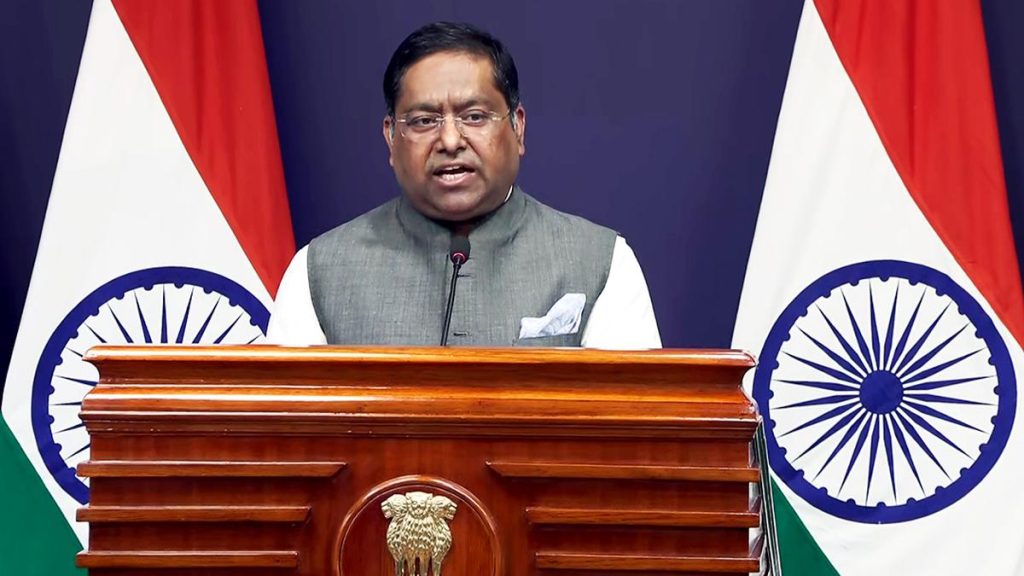Now Reading: Floods Impact 25 Lakh in 10 Bihar Districts
-
01
Floods Impact 25 Lakh in 10 Bihar Districts
Floods Impact 25 Lakh in 10 Bihar Districts

Quick Summary:
- Flood Impact: Nearly 25 lakh people across 348 panchayats in 54 blocks of Bihar have been affected by floods in 10 districts along the Ganga river due to incessant rainfall, particularly in Nepal’s catchment areas.
- Affected Districts: Majorly impacted districts include Bhojpur, Patna, Saran, Vaishali, Begusarai, Lakhisarai, Munger, Khagaria, Bhagalpur, and Katihar.
- Relief Efforts:
– Seven teams of NDRF and nine SDRF teams deployed with over 60 motorboats and 1,233 country-made boats for rescue operations.
– Polythene sheets and dry ration packets distributed; relief camps are operational as per SOPs.
– More than 13 lakh people receiving food at community kitchens daily.
- Government Involvement:
– Bihar Chief Minister Nitish Kumar held a review meeting on August 13 to oversee relief operations and instructed officials to speed up aid distribution sensitively.
– Officials tasked with distributing gratuitous relief amounts for affected individuals and compensating farmers for crop damage caused by floods.
– Restoration work directed for damaged roads through Road Construction Department and rural Works Department.
Indian Opinion Analysis:
The devastating floods affecting over two million residents underline the recurring vulnerability of Bihar to monsoon-related disasters. The state authorities appear engaged with a structured response system involving disaster forces (NDRF/SDRF), relief distribution camps operating under SOPs, and community kitchen centers feeding those displaced. While the prompt deployment of personnel demonstrates proactive governance under CM Nitish Kumar’s leadership during crises like this one, a long-term challenge remains-developing preventive infrastructure such as better drainage systems or enhanced early-warning mechanisms.
This episode also highlights the delicate balance between geographical realities (proximity to Himalayan catchments) and human resilience strategies implemented consistently each year. Continuous monitoring by local disaster departments coupled with compensation steps offered toward both individuals’ losses as well agrarian recovery points systemic attentiveness which still needs scalability coherence future mitigation more seamless next Read details Links::

























